CHAPTER 1
Of Jesuits and J. P. Morgan
 fter living for seven years as a Jesuit seminarian, practicing vows of poverty, chastity, and obedience to the Jesuit general in Rome, I morphed into corporate man. On Friday afternoon, my role model was the Jesuit founder, St. Ignatius Loyola, whose writings reminded us seminarians that "poverty, as the strong wall of the religious life, should be loved." The following Monday brought a new career in investment banking-and new role models. One managing director lured talented would-be recruits with the tantalizing prospect of becoming "hog-whimperingly rich." I never quite got the image, but I did get the point.
fter living for seven years as a Jesuit seminarian, practicing vows of poverty, chastity, and obedience to the Jesuit general in Rome, I morphed into corporate man. On Friday afternoon, my role model was the Jesuit founder, St. Ignatius Loyola, whose writings reminded us seminarians that "poverty, as the strong wall of the religious life, should be loved." The following Monday brought a new career in investment banking-and new role models. One managing director lured talented would-be recruits with the tantalizing prospect of becoming "hog-whimperingly rich." I never quite got the image, but I did get the point.
At first I kept a low profile. My head was often spinning, and even casual conversation left me acutely aware that my background was, to say the least, a bit different from that of my new peers. When fellow new hires regaled colleagues with tales of amorous scores that summer, what was I going to talk about-making my final weeklong silent retreat or purchasing my first non-black suit?
It was my great fortune and privilege to have left the best company in one "business" only to land at the best company in another. J.-P. Morgan headed Fortune magazine's list of mostadmired banking companies every year but two of the seventeen I worked there-two facts that, I hasten to add, are coincidentally rather than causally related.
A LEADERSHIP CHALLENGE
Mighty though the House of Morgan was, we struggled with a long list of challenges, none of them unique to either J.-P. Morgan or the investment banking business. One core issue cropped up again and again: eliciting the leadership from our teams that would enable J.-P. Morgan to emerge a winner in a highly competitive industry. I served Morgan as a managing director in Tokyo, Singapore, London, and New York, discovering that our leadership challenge knew no geographic boundaries. I was also fortunate enough to serve successively on the firm's Asia-Pacific, Europe, and Investment Banking Management Committees, where I, who apprenticed in a seminary, and Management Committee colleagues, who apprenticed in the world's best business schools, all grappled with the same challenge of recruiting and molding winning teams.
We hired those supersmart, ambitious, and strong-willed people whom Tom Wolfe famously tagged "masters of the universe" in The Bonfire of the Vanities. And like Wolfe's protagonist, our masters of the universe frequently suffered tragic downfalls. Raw talent and sheer ambition didn't always translate into long-term success. Many up-and-comers blazed meteoric paths through Morgan skies: first shining brightly in the number-crunching roles assigned to junior "cannon fodder," then flaming out spectacularly when challenged with the "grown-up" tasks integral to company leadership. Some were terrified of making major decisions; others terrorized anyone who dared make a decision without them. Some were great managers so long as they managed only numbers; their management repertoire didn't extend to thinking, feeling human beings, who are less easily manipulated than spreadsheets. Ironically, many were uncomfortable with change and with taking personal risks-even though investment banking's fast pace had lured them to the business in the first place (in addition, of course, to the prospect of hog-whimpering wealth). Not only was the industry highly cyclical, but it was roiled by sweeping fundamental realignment: by the time I left Morgan, every one of the ten largest U.S. banks had been through a transforming merger.
It was clear that only a handful of banks would emerge as winners in our changing, consolidating industry. And the winners likely would be those whose employees could take risks and innovate, who could work smoothly on teams and motivate colleagues, and who could not only cope with change but also spur change. In short, leadership would separate the winners from the losers.
At Morgan, we took whatever initiatives we could to elicit the mindset and behavior we needed. In the course of one such initiative, I experienced a small epiphany. J.-P. Morgan was in the process of instituting "360-degree feedback," a then cutting-edge practice. Annual performance assessments would incorporate input not only from one's direct manager but from subordinates and peers as well. We proudly thumped our chests as one of the first companies to implement this "best practice" on a broad scale.
Really?
Hadn't I seen this somewhere before? I vaguely recalled a longago time in a galaxy far away, when I often dressed in black and when I loved poverty as the "strong wall of the religious life." The Jesuit company also had a 360-degree feedback system of sorts. In fact, its 360-degree feedback process had been launched approximately 435 years before it caught on at Fortune's perennially mostadmired bank and in the rest of corporate America.
A CENTURIES-OLD COMPANY

Come to think of it, the Jesuits had also grappled-quite successfully-with other vital challenges that confronted J.-P. Morgan and still test great companies today: forging seamless multinational teams, motivating inspired performance, remaining "change ready" and strategically adaptable.
Moreover, the Jesuits were launched into an environment that, though four centuries removed, had telling analogies to our own. New world markets were opening as voyages of discovery established permanent European links to the Americas and Asia. Media technology was evolving: Gutenberg's printing press had transformed books from luxury goods into more widely accessible media. Traditional approaches and belief systems were questioned or discarded as Protestant reformers mounted the first widespread and permanent "competition" to the Roman Catholic Church. Because the Jesuit company was cast into this increasingly complex and constantly changing world, it's no great surprise that its organizational architects prized the same mindset and behaviors that modern companies value in today's similarly tumultuous environments: the abilities to innovate, to remain flexible and adapt constantly, to set ambitious goals, to think globally, to move quickly, to take risks.
I was intrigued by what sixteenthcentury priests might teach us twentyfirst-century sophisticates about leadership and about coping with complex, changing environments.
As I started to look beyond the obvious fact that an investment bank has a different mission than a religious order, these equally obvious parallels fell into focus. And as I considered Ignatius Loyola and his early Jesuit colleagues in this context, I became convinced that their approach to molding innovative, risk-taking, ambitious, flexible global thinkers worked. In some ways-dare I say it-it worked better than many modern corporate efforts to do the same.
My epiphany provided the impetus for this book. I began this project fascinated by the parallels between two very different moments in history. I was intrigued by the challenge of exploring what sixteenthcentury priests might teach us twenty-first-century sophisticates about leadership and about coping with complex, changing environments. I finished the project completely convinced of the value and timeliness of what the early Jesuits have to offer.

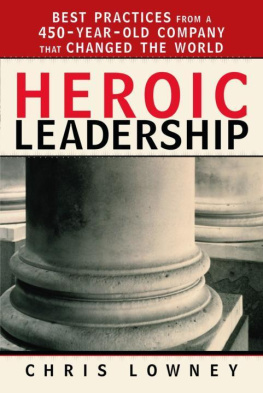
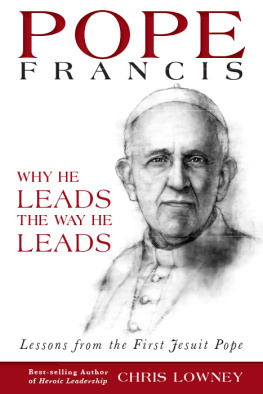

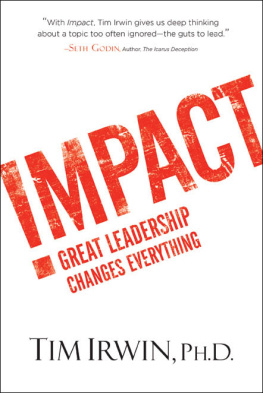
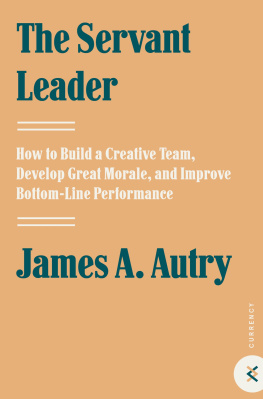



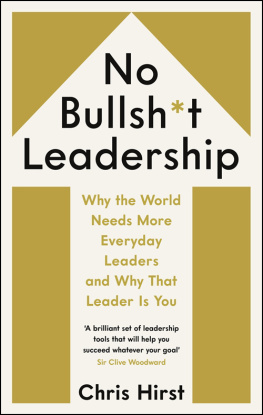

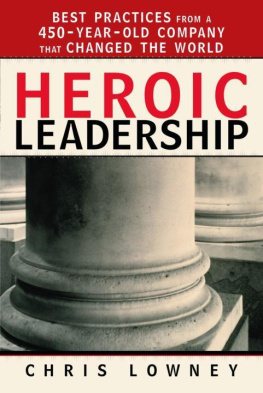
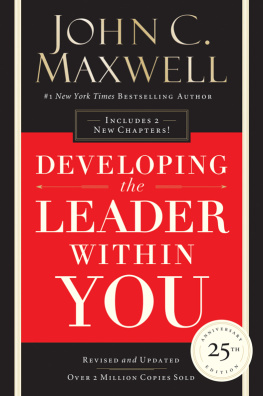


 fter living for seven years as a Jesuit seminarian, practicing vows of poverty, chastity, and obedience to the Jesuit general in Rome, I morphed into corporate man. On Friday afternoon, my role model was the Jesuit founder, St. Ignatius Loyola, whose writings reminded us seminarians that "poverty, as the strong wall of the religious life, should be loved." The following Monday brought a new career in investment banking-and new role models. One managing director lured talented would-be recruits with the tantalizing prospect of becoming "hog-whimperingly rich." I never quite got the image, but I did get the point.
fter living for seven years as a Jesuit seminarian, practicing vows of poverty, chastity, and obedience to the Jesuit general in Rome, I morphed into corporate man. On Friday afternoon, my role model was the Jesuit founder, St. Ignatius Loyola, whose writings reminded us seminarians that "poverty, as the strong wall of the religious life, should be loved." The following Monday brought a new career in investment banking-and new role models. One managing director lured talented would-be recruits with the tantalizing prospect of becoming "hog-whimperingly rich." I never quite got the image, but I did get the point.